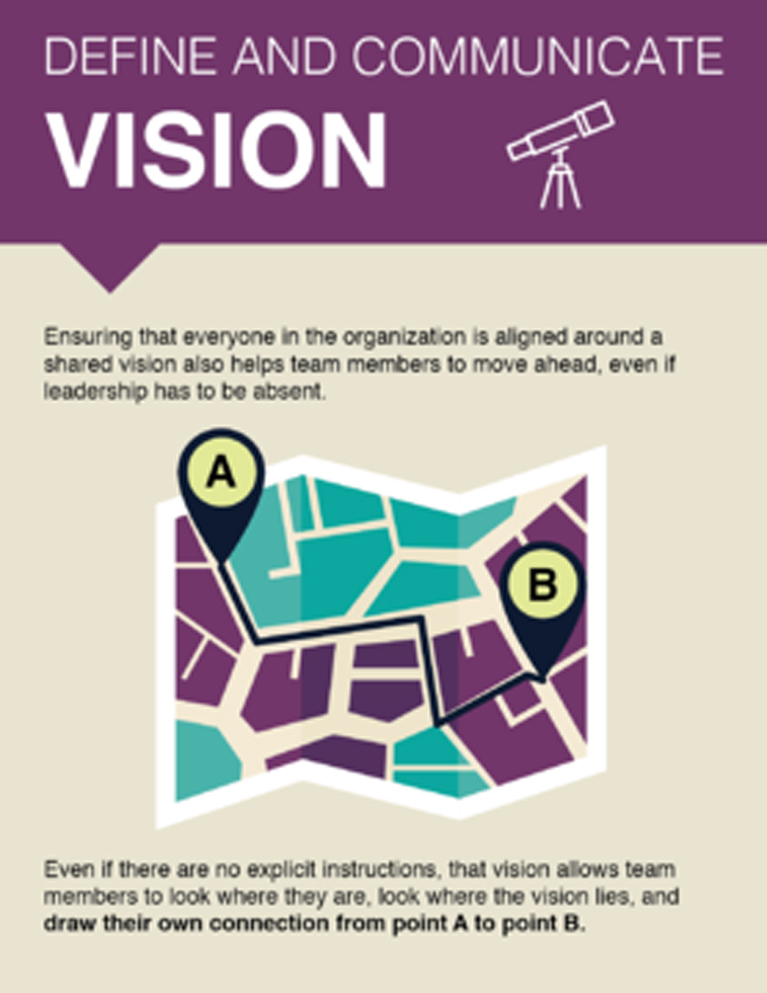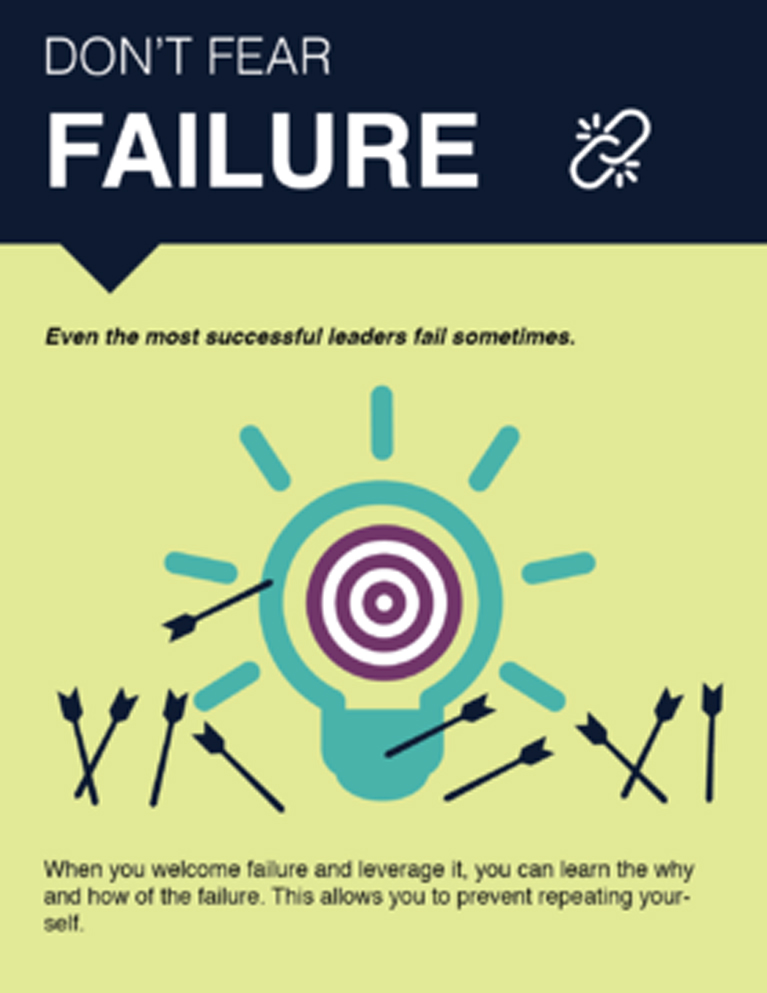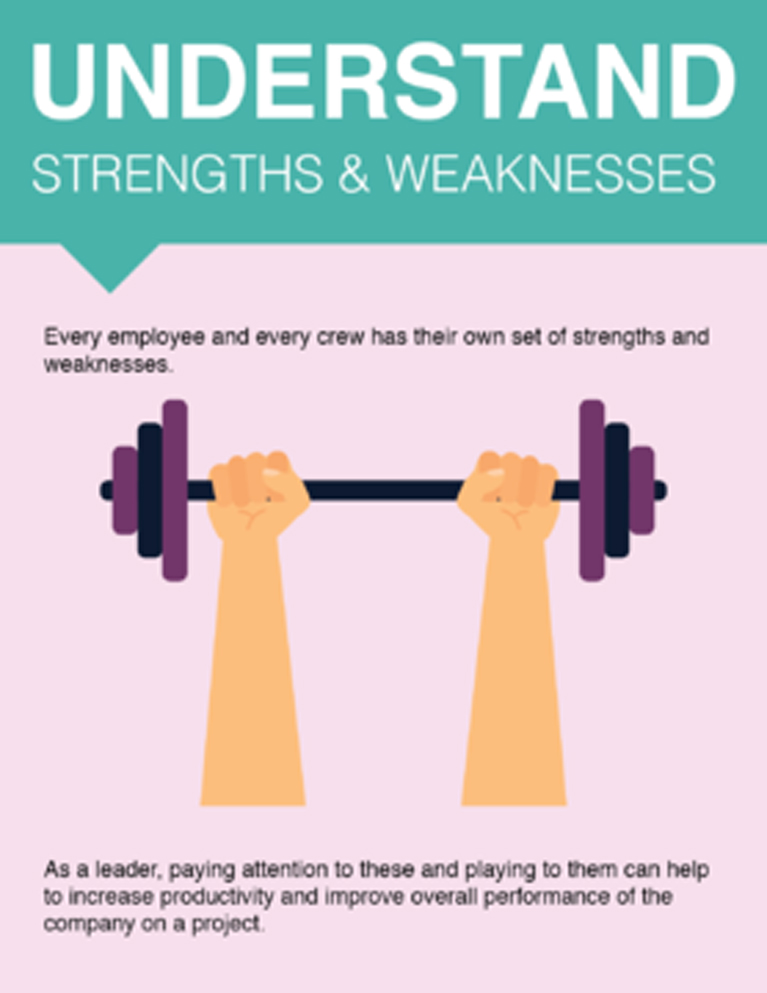The construction industry is not just about getting a paycheck, particularly as you are elevated to senior or leadership roles. Even then, you can’t just lead – you need to engage leadership strategies. The construction world is about creating, fulfilling projects, and building for the future.
While women in construction have been limited in the past – even now women make up only 9% of the construction industry – there is clear growth, both in roles on the job site as well as roles in the office and as leaders. Women need to develop leadership strategies for the inevitable, as their position in leadership roles increase. So what are some of the top leadership strategies for women in construction?
Define and Communicate Vision
Just as in any other industry, in construction, you must have a clear and measurable purpose for your organization. Just having that vision isn’t enough – you also need to be able to share that vision with the rest of the organization and put it into action.

Sure, the job of a construction company is to build. Maybe this project is an office building, and the next project is a warehouse. Accomplishing the next project isn’t a vision, that’s a task. A vision is giving your company a goal as to where it is headed. By putting that goal out there, you give all employees the opportunity to contribute to reaching that goal, as you see fit.
Ensuring that everyone in the organization is aligned around a shared vision also helps team members to move ahead, even if leadership has to be absent. Even if there are no explicit instructions, that vision allows team members to look where they are, look where the vision lies, and draw their own connection from point A to point B.
Communicate Openly and Often
As a leader in the construction field, employee feedback is a top tool when it comes to measuring your success. It’s also one of the best ways to place your company above the rest. Keeping an open door to employees makes it clear that you are open to feedback, which could bring valuable information to your desk. Your staff will also value this, as it shows that you place value on their opinions and their experience, and you recognize the extra contributions they can make beyond their daily tasks.
One issue with the “open door” policy is that it puts the onus on the worker to come to the leader. Women leaders in construction can be truly effective by leaving the office and going to the workers instead. Don’t just wait for them, be present where they are.
Don’t Fear Failure
Even the most successful leaders fail sometimes. Many times, in fact. Take Elon Musk for instance – considered one of the leading entrepreneurs and leaders of the modern age, his career has required overcoming one failure after another. When you welcome failure and leverage it, you can learn the why and how of the failure. This allows you to prevent repeating yourself.

The same goes for criticisms. You’ll get plenty of them as a female leader in the construction world. Don’t fear them, and don’t just shut them out as noise. Sort through them, determine which ones have merit, and address them head-on.
Distribute Responsibility
When you delegate greater responsibility to your team, you are not merely engaging them. You are demonstrating that you entrust them with responsibility, one that you have kept for yourself in times past due to the importance it has. Employees will feel more engaged and invested in your company and will appreciate you more as a leader.
This isn’t just a motivational strategy either. Delegation allows you as the leaders more time to focus on high-level activities. At the same time, you are helping your employees to further develop their skills and demonstrate their capabilities.
Understand Strengths and Weaknesses

Every employee and every crew has their own set of strengths and weaknesses. As a leader, paying attention to these and playing with them can help to increase productivity and improve the overall performance of the company on a project. Understanding these strengths and weaknesses will also help leaders to predict project progress, meaning they can adapt and change as needed.
It can also be used as an indicator when something is going wrong – if a team with strengths in a particular area is underperforming in that area, there may be an issue. This sends up a red flag signaling leadership to investigate.
Encourage Recognition
As the adage goes, “What gets rewarded gets repeated.” It didn’t get to be an adage by being false.
Employees want to feel appreciated and valued. Sure, a paycheck is great, but studies have shown that even when workers do not feel they need recognition for motivation, they will still be inspired to work harder and better when they do receive recognition. Seeing these people getting recognized and rewarded can then push others in the same direction, as they will want the same recognition.
So make sure that whenever your team works above and beyond expectations, towards the company goal, that you recognize and reward them as appropriate. This could be anything from a small gift or trophy, to getting to leave an hour early with pay, to get a special parking spot. That recognition has an immense value. Recognition also tends to trickle down – once you create a culture of recognition in your company, it is likely the rest of your team will pick it up and start recognizing each other’s extra efforts without your urging.
Challenge and Diversify
Whether it is on the rise to leadership or when you have reached your leadership position, a great strategy is to constantly challenge yourself, including diversification of your experience. This could mean anything from taking on a difficult project to rotating into different departments to mirror and learn. Diversifying and challenging helps to engage employees and reduce burnout. Months of doing the same task lead to stagnation and a disconnect from the job. You and your employees need to explore skills, providing more satisfaction.

Commit Yourself to Continued Education
Often, leadership chooses to not continue learning. For some, it can seem like a weakness, and they don’t want it conceived that they don’t know everything.
As a leader, a key strategy is to never be done with learning. As a woman in construction, it may be assumed that you don’t want to learn. Some workers, especially in the older generation, still cling to that idea. Demonstrate that you desire to grow and refine your skills, and gain a better understanding of your business and the many roles within it. Be free when it comes to discussing what you don’t know, and how you would like to remedy that.
This can help to demonstrate that you are more than just an empty suit that doesn’t know the daily rigors of the site crew, and don’t really care beyond the end result. This is a great strategy for endearing yourself to the crew, and it also allows you to expand your toolbox for the future.
Mentee to Mentor
Finding yourself a good mentor is a way to develop leadership skills. Even coming up through a company and emerging into a leadership role doesn’t necessarily equip you with all the tools you need. It may end in you not getting all the business acumen and soft skills you’ll need to be the best leader possible. Finding the right mentor for you should be done by comparing the skills you need and the position you desire with those of the available mentors. You shouldn’t worry about the gender of the potential mentors or even their field or industry of expertise. What matters is finding a mentor with the toolbox that you want to match. It could be a co-worker, it could be a speaker you’ve met at a trade show or panel, it could be a local well-known business person.

It shouldn’t stop there though. Further down the road, you should try and return the favor by becoming a mentor yourself. Just as when you are being mentored, being a mentor doesn’t necessarily have to be to another woman in the construction industry. It certainly wouldn’t hurt, as the industry needs more female mentors, but the key is you are putting back into the process what you’ve gotten out of it.
Both men and women in construction face challenges when it comes to creating and implementing their leadership strategies. The demands of leadership are high, and in such a male-dominated field, it sometimes seems that women face even higher standards. By keeping these points in mind, you can pave the way as a woman in construction, for yourself and for others behind you.






